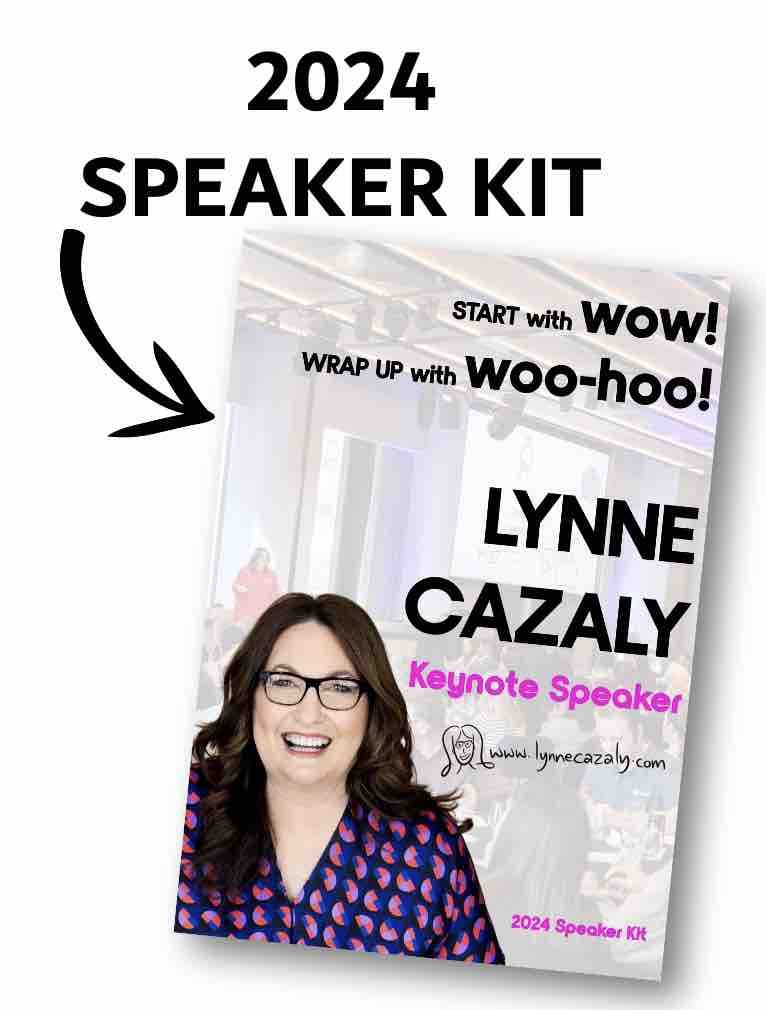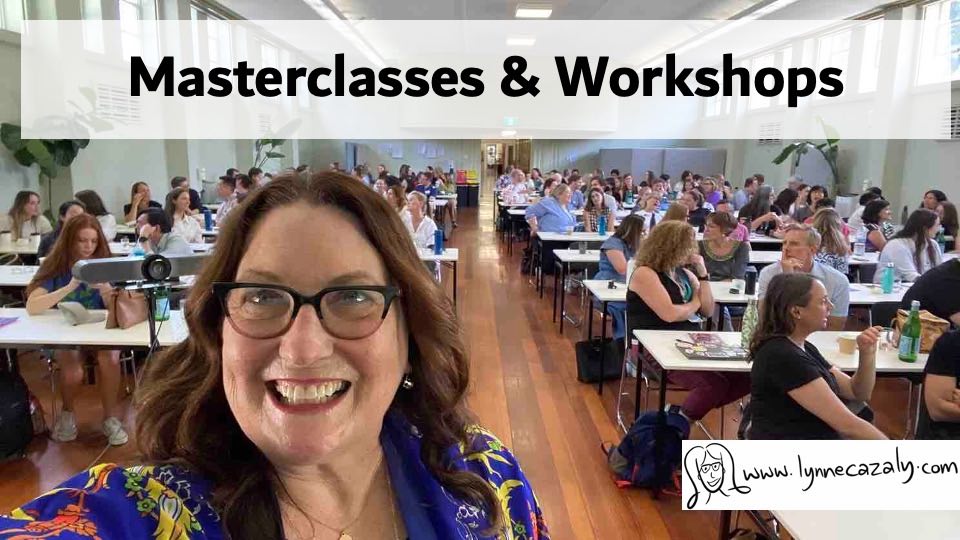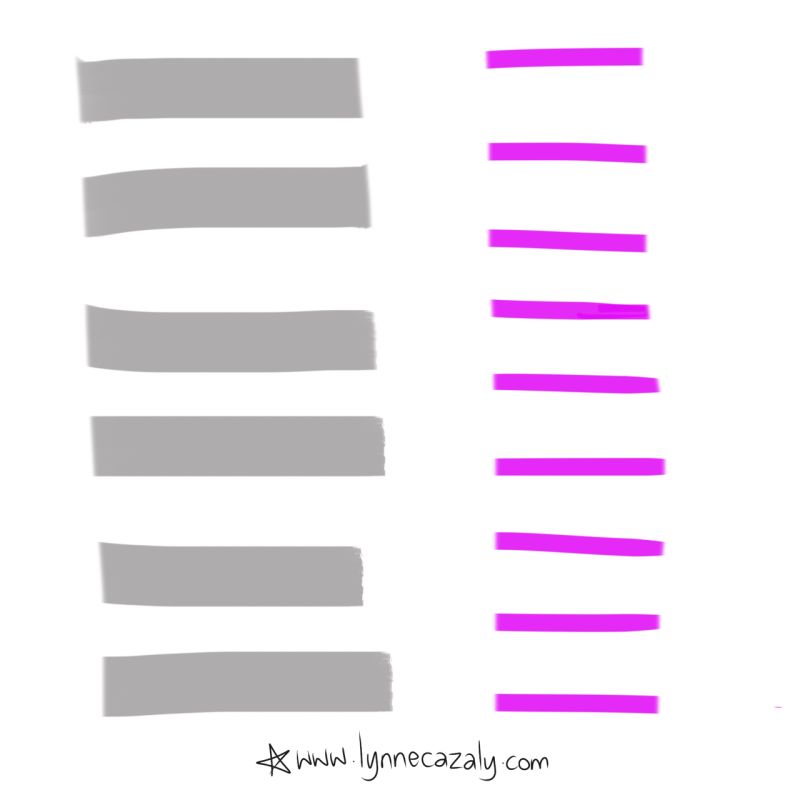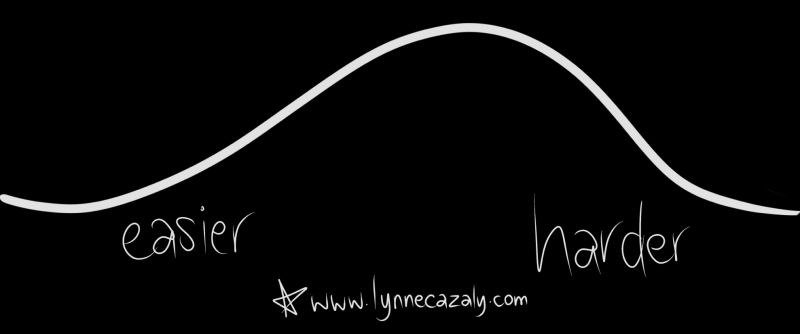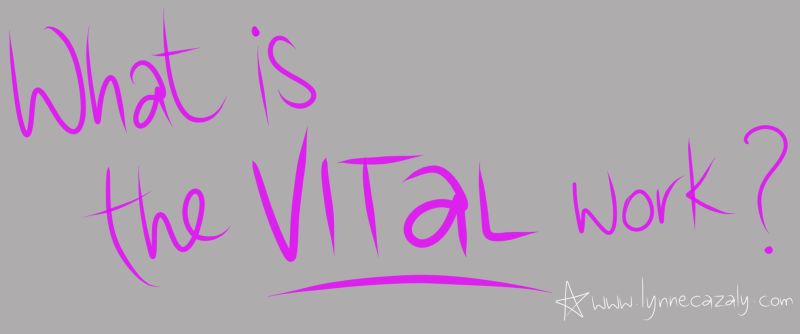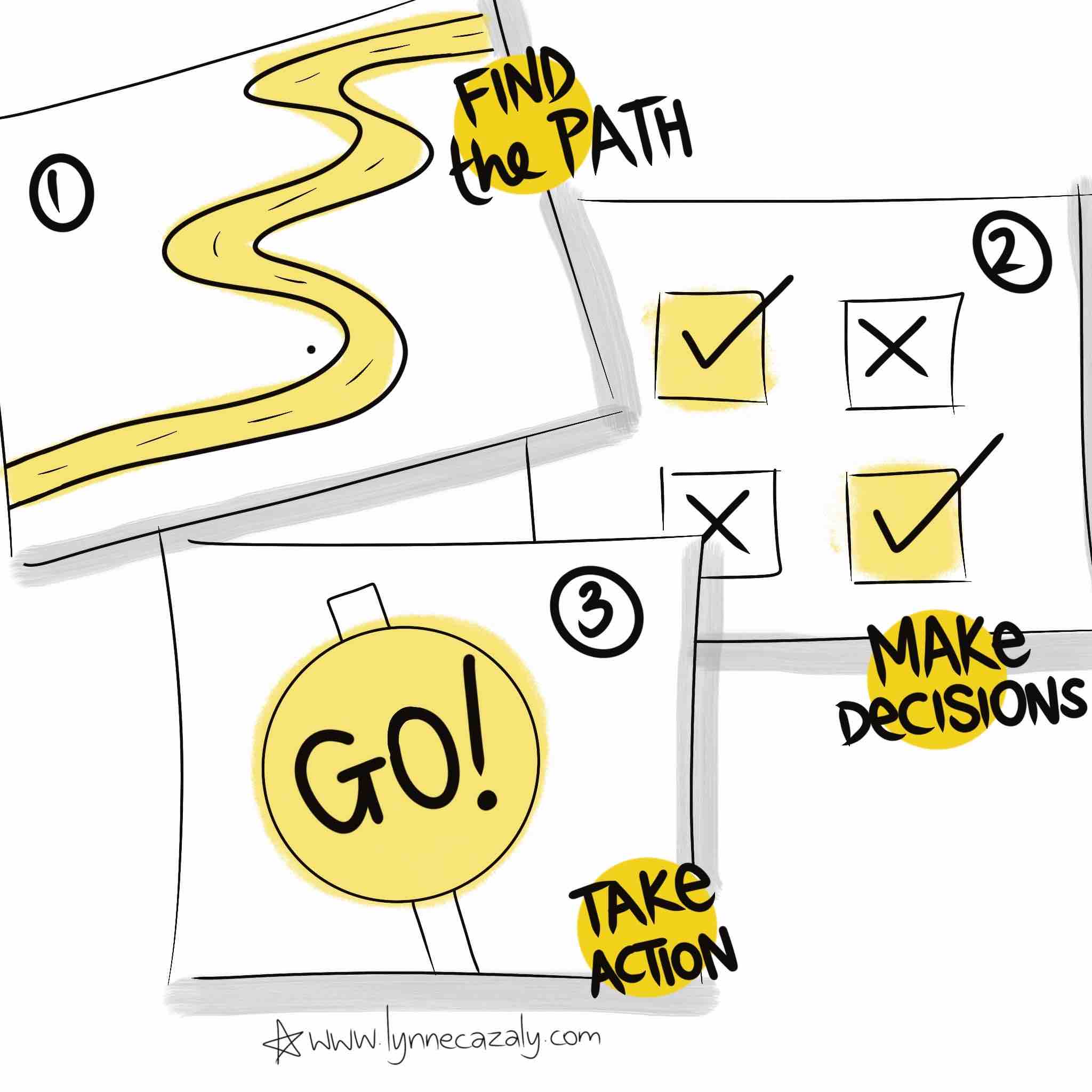A mindset for success or burnout
 Monday, September 20, 2021 at 5:02PM
Monday, September 20, 2021 at 5:02PM The deep beliefs we hold about what we’re doing and why, may not be as noble or effective as we think.
After all, why do we work longer hours?
Why aspire for higher standards?
Here’s a quick check of 9 mindsets (this article says ‘lies’) we may believe, unconsciously, that don’t serve us well.
1. If you stop what you’re doing you’ll be letting everyone down
2. If you don’t do it it won’t get done
3. You have to work long hours or you won’t get ahead in your career
4. If you sacrifice now you benefit later
5. It’s only costing you some ‘time’
6. You don’t have time to do what you enjoy
7. You have to isolate yourself to get the work done
8. You can do it all on your own
9. You have to be perfect all the time.
Ticked any of them?
What if you reversed, flipped or edited them, all 9 mindsets?
1. If you stop what you’re doing it gives others a chance to step in.
2. If you don’t do it maybe it won’t even matter.
3. You can work shorter hours and still get ahead in your career.
4. If you sacrifice now, you may make things worse in the future.
... keep going. You edit the rest and see how it challenges beliefs about work.

